Here some examples of twisted triangle prisms.
I want to know if a moving triangle will hit a certain point. That's why I need to solve this problem.
The idea is that a triangle with random coordinates becomes the other random triangle whose vertices all move between then
related: How to determine point/time of intersection for ray hitting a moving triangle?



